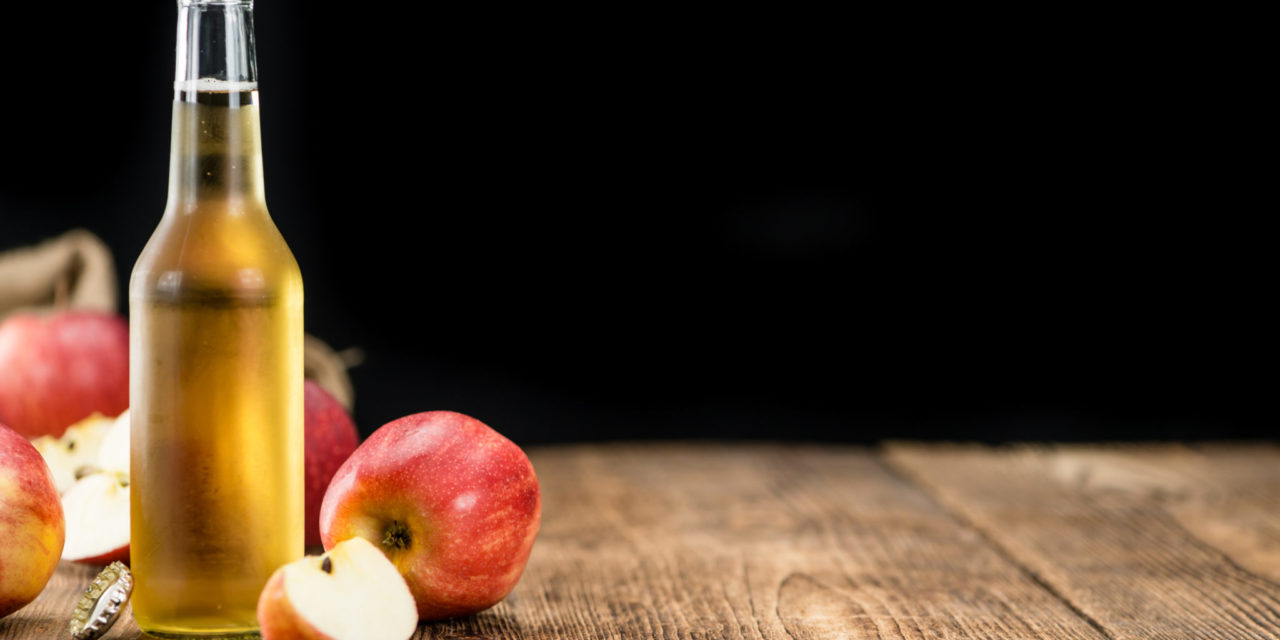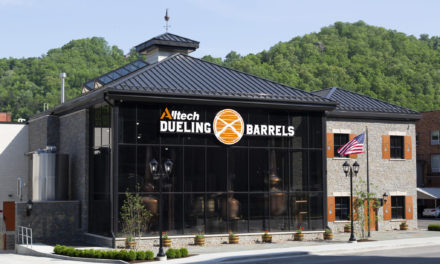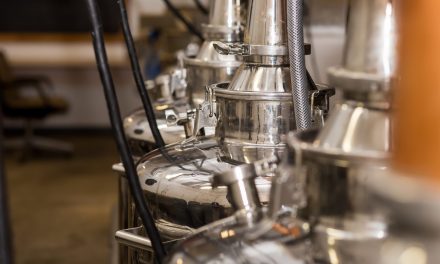The formula for making a fermented beverage is generally pretty straightforward: Yeast plus sugar plus time equals dry and drinkable (one hopes). If your goal is something sweet, whether a little or a lot, you can kill off or filter out the yeast then add back sugar, or, like the vins doux naturel of Southern France, add some high alcohol spirits partway through the process, arresting the fermentation so that some of the natural sugars are retained. Some 400 years ago, cidermakers in Europe discovered another way.
Known as “keeving” in English, the basic technique seems relatively straightforward, but it can be challenging to accomplish. The secret is in creating a significantly reduced natural yeast population in a nutrient-poor juice. This can be helped along by the addition of calcium chloride and pectin enzymes (both modern innovations), which will, if the cidermaker has done things properly, form a thick mass, the chapeau brun (brown hat) that floats to the top of the fresh must, trapping yeast and nutrients along the way. After racking off the clarified and depleted juice, temperature is closely controlled to ensure fermentation proceeds ever so slowly, with additional rackings to keep everything in check. At a certain point, the cider is bottled with just enough surviving yeast to create a natural sparkle while still retaining a noticeable amount of sugar. Typical ABVs in a European keeved brut cider will be between 4 percent and 5 percent with residual sugar in the neighborhood of 28 g/L.
While this is the production method of choice in France and is practiced by a number of producers in England, thus far only one company in the United States, E.Z. Orchards of Salem, Ore., makes a keeved cider commercially. That may be about to change.
In the spring of 2017, a Washington State Department of Agriculture grant sent a group of 10 cidermakers from the Pacific Northwest to France and England for a two-week crash course in keeving with some of the areas’ most knowledgeable cidermakers. Most of the visitors had tried the method at least once before, with sometimes disappointing results. Armed with what they learned, each now has a keeved cider in process with hopes for a first release in 2018.
But why bother with such a demanding production method when back-sweetening is a perfectly acceptable way to make a sweeter cider? Angie Watkins, cidermaker at Cider Riot in Portland, Ore., explains, “Everything we make is dry, so keeving is an opportunity to add a sweet cider to our portfolio while staying true to our notion of using traditional cider apple varieties and traditional production techniques.”
Rick Hastings of Liberty Ciderworks in Spokane, Wash., has a similar take. “Our experience is that the American cider consumer is interested in bold flavors, whether those come from the addition of adjuncts [such as hops] or naturally from the fruit,” he says. “We see keeving as a great way to not only address the consumer’s desires but to also introduce them to cider’s rich history and culture.”
Sounds like reason enough, and we look forward to sampling the results.











